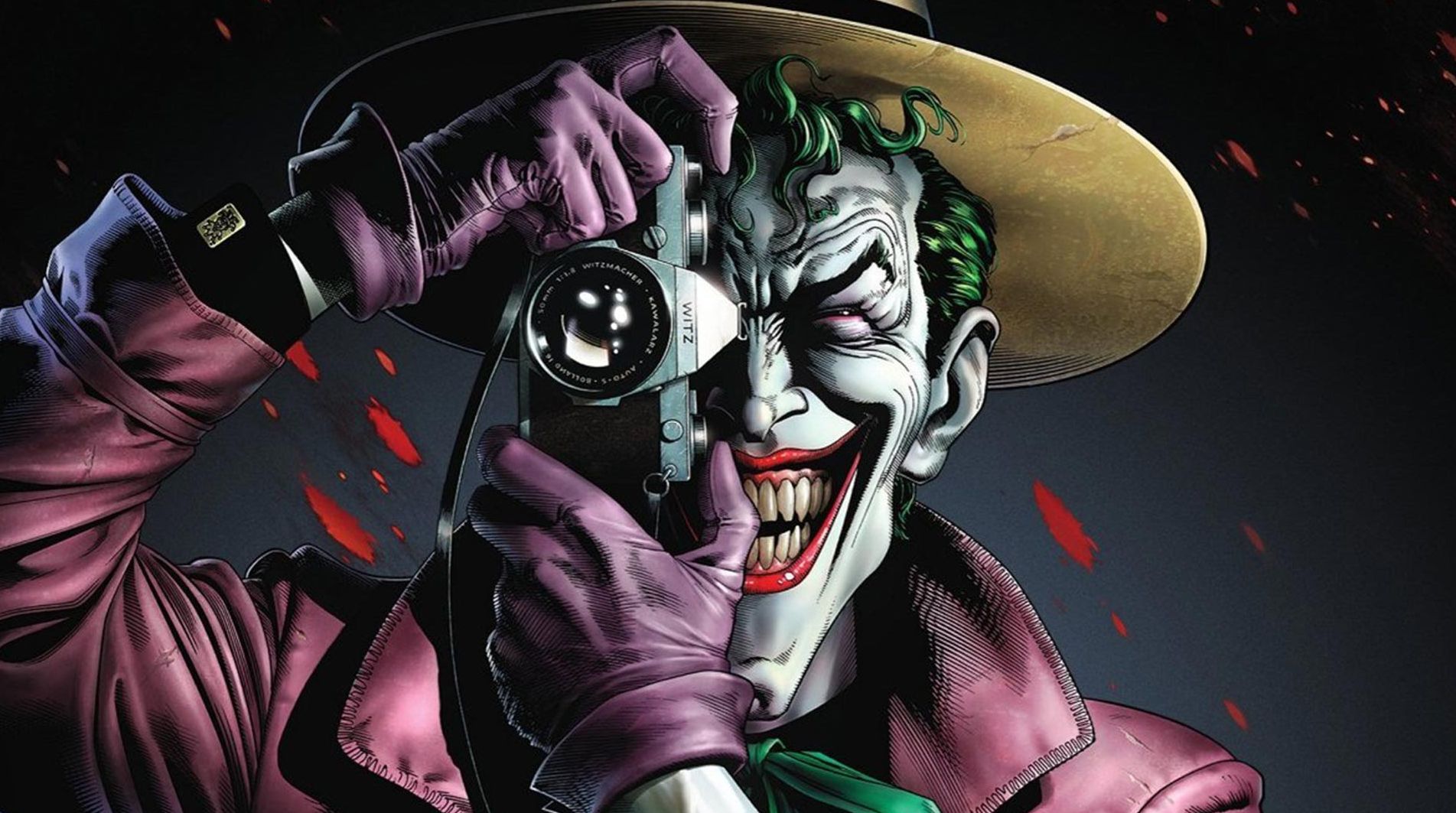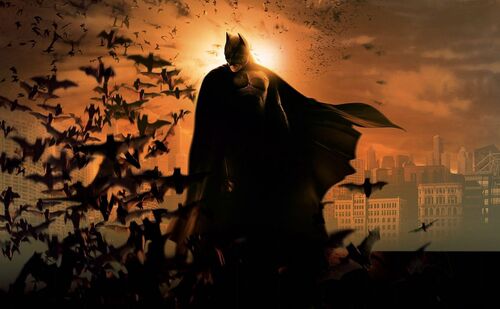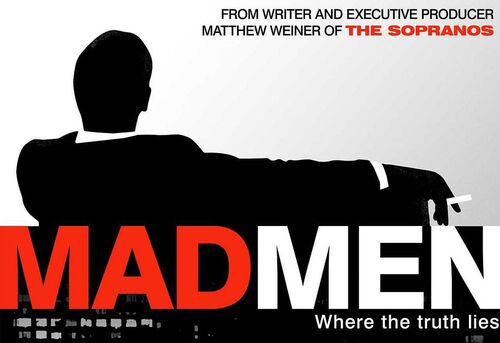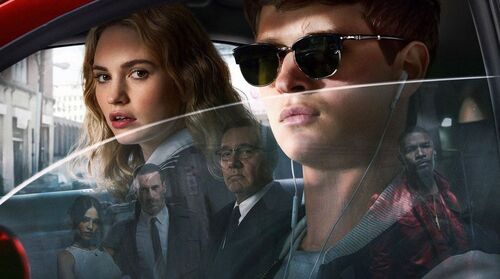
Batman: The Killing Joke Review
 Batman: The Killing Joke is DC and Warner Bros.' latest animated dig into the stockpile of classic Batman comic books, as they bring to the small (and, briefly, big) screen one of the most famous Joker stories of all time. The Killing Joke is a successful and faithful adaptation, but fails to transition into a fully realised thematic experience.
Batman: The Killing Joke is DC and Warner Bros.' latest animated dig into the stockpile of classic Batman comic books, as they bring to the small (and, briefly, big) screen one of the most famous Joker stories of all time. The Killing Joke is a successful and faithful adaptation, but fails to transition into a fully realised thematic experience.
Much touted in the build-up toward release was the fact that Batgirl would be getting a prologue to the events that take place in the book, which makes sense. The character suffers a shocking tragedy in the story and yet in the book her first appearance is when she opens the door on that fateful night. For a more mainstream audience, a connection needed to be made. The problem is, this prologue was extensive. It was too extensive, and it felt more like a DC short film attached to a major release. Had it been promoted as such, with the "prologue" tag slapped on the title somewhere, then this wouldn't be an issue.
However, the prologue fades out as the main events of The Killing Joke fade in, and we see very little of Barbara Gordon, as Batgirl or otherwise, and while giving her some characterisation did a considerable job at building up to her painful (semi) exit from the story, the somewhat mini-narrative that comes before the Joker's arrival just feels like filler. Not to mention, it feels like poorly written filler. Some of the dialogue is pretty hammy, and it's only when Alan Moore's own dialogue is brought into the film that things start to feel meaningful or coherent. Add in that Barbara is now a spurned love interest of Batman's, and things start to get pretty iffy very quickly in a post-feminism world.
The prologue needed to have some connection with the events of the story. That would have been dangerous ground to tread, given that it would probably require taking some liberties with a treasured old Joker tale, but the end result feels like a half measure, with the creators caught somewhere between wanting to tinker with the classic's narrative and wanting to add their own, necessary, voice in order to flesh out the tale's victim. The film's pacing doesn't, however, improve once the prologue is out of the way.
At times dragging, Batman's search for the Joker ends with him receiving an invite, essentially deeming all of his detecting as pointless and making it abundantly clear that Batman matters very little to the story. While that's fine, it means the movie never grapples with Batman's own sentiment that he doesn't want to have to kill the Joker. The flashbacks themselves that detail the Joker's origin (or one of many) are gorgeously realised, creating a moody noir vibe in-line with the film's overall faithful art choices. The action is well captured, and the voice acting is spectacular. Kevin Conroy and, to a greater extend, Mark Hamill bring their A-games to the table for a story the two have openly wanted to make for a long time.
Hamill delivers some remarkable lines, including one particular monologue, but the Joker's standout moments again call to the fore those pacing issues, which lead to this being a string of iconic moments threaded between less interesting, and less vital, sequences. In this sense, it's a film purely for the benefit of long-term Batman fans, those who know the story and are tuning in for those moments explicitly. For newcomers or casual fans, the movie may not grip them quite as intently as it would like, though those handful of scenes throughout are enough to keep its audience attentive.
The dated nature of the story shines through on a few occasions. In a climate of superhero culture on the big screen, we've seen most of this stuff before. It can hardly be a criticism of the source material, given that it is nearly 30 years old, but it stands to reason that its 2016 re-telling doesn't quite create the same aura. Despite Batgirl's introduction, Barbara Gordon's injury still feels like nothing more than a catalyst for the film's men to push forward and execute justice. Jim Gordon is proven capable of fighting back against the overbearing madness that is the memory of his daughter's injury, and the images the Joker snaps of her. Her injury is not enough to break him. It's about Gordon's resolve, not Barbara's tragedy.
And the events are enough to push Batman to the brink, prepared to offer salvation to the Joker, one last attempt at peace, before succumbing to urges that have long lingered inside of him. The film ends ambiguously, but doesn't quite achieve what it set out to do. Batman laughs into the credits, and it feels like a stagnant ending. The film employs various moments in which it cuts the music and lets the moment steer the ship on its own, and while I commend these attempts, they feel a little sour.Ultimately, the final shot of the film proves that it worked best in its original medium, and the transition was choppy.
Batgirl gets a post-credit scene, and for that I'm grateful. It at least gives the character closure and some sort of arc, proving that she's capable and strong even in the face of adversity. Batman is robotic for 90% of the film, almost comically so and particularly in his heated moments with Batgirl. The Joker is successfully frightening at times, and his crimes are gruesomely depicted with some standout art moments. With a tense soundtrack and many knock-out elements to the film, it's a shame that it doesn't work as completely as a film.
Fans will embrace Conroy and Hamill as the iconic Batman and Joker voices, and will enjoy an adaptation that could have almost never happened. There's plenty here to like for Batman readers. Unfortunately, it's perhaps not as accessible for outsiders to the original, and has aged somewhat poorly in the 30 years since it hit shelves and helped change the comic book medium in 1988.


